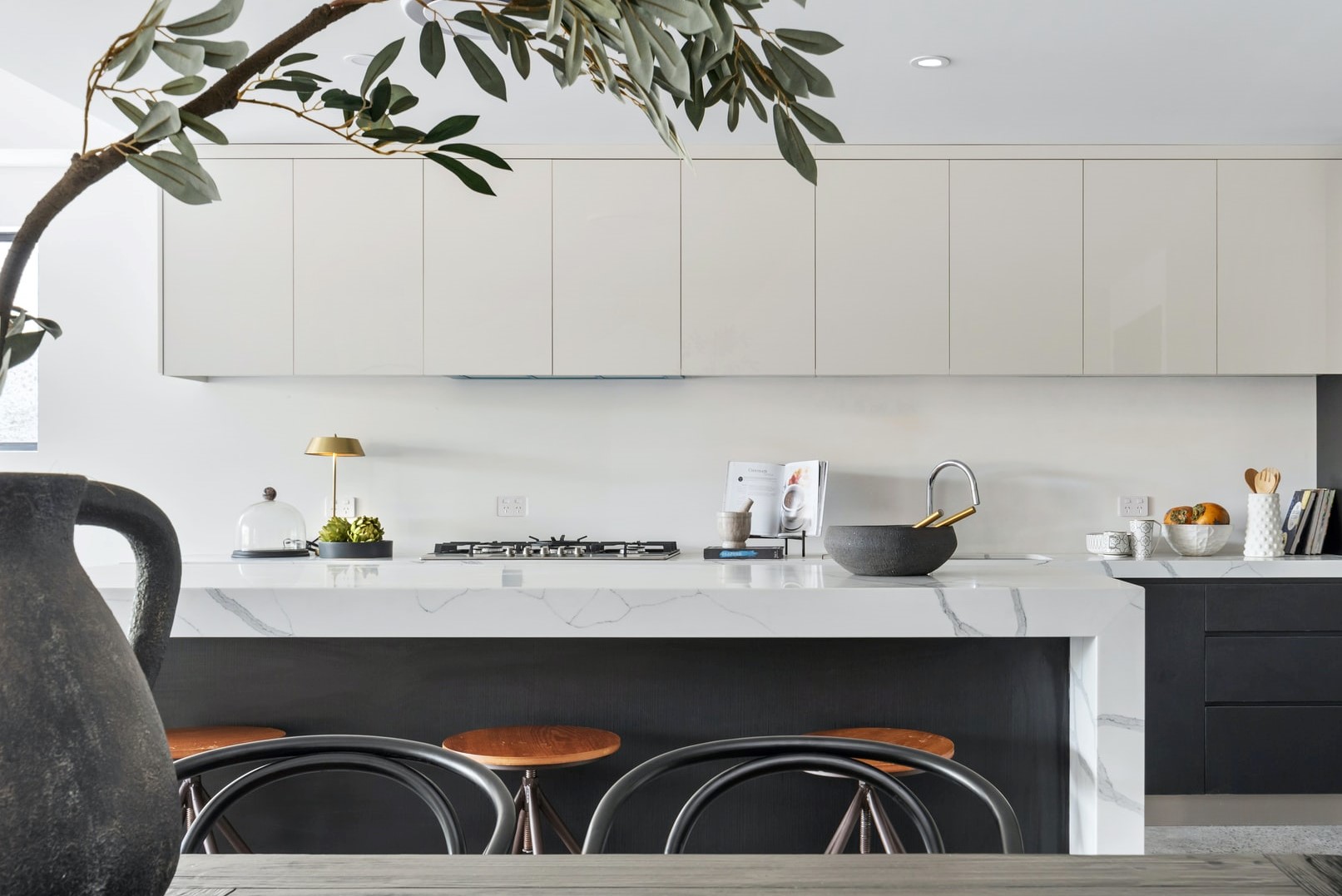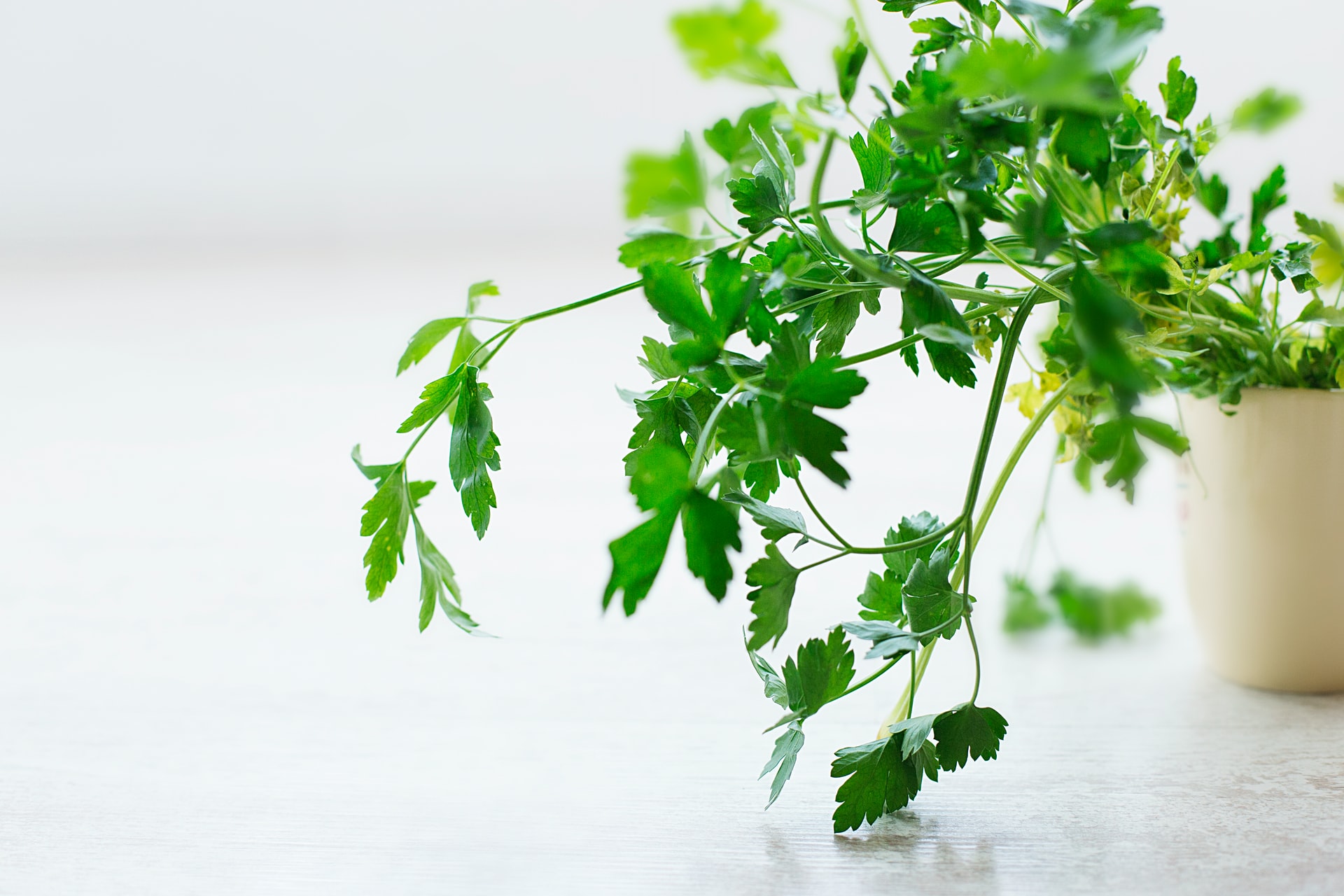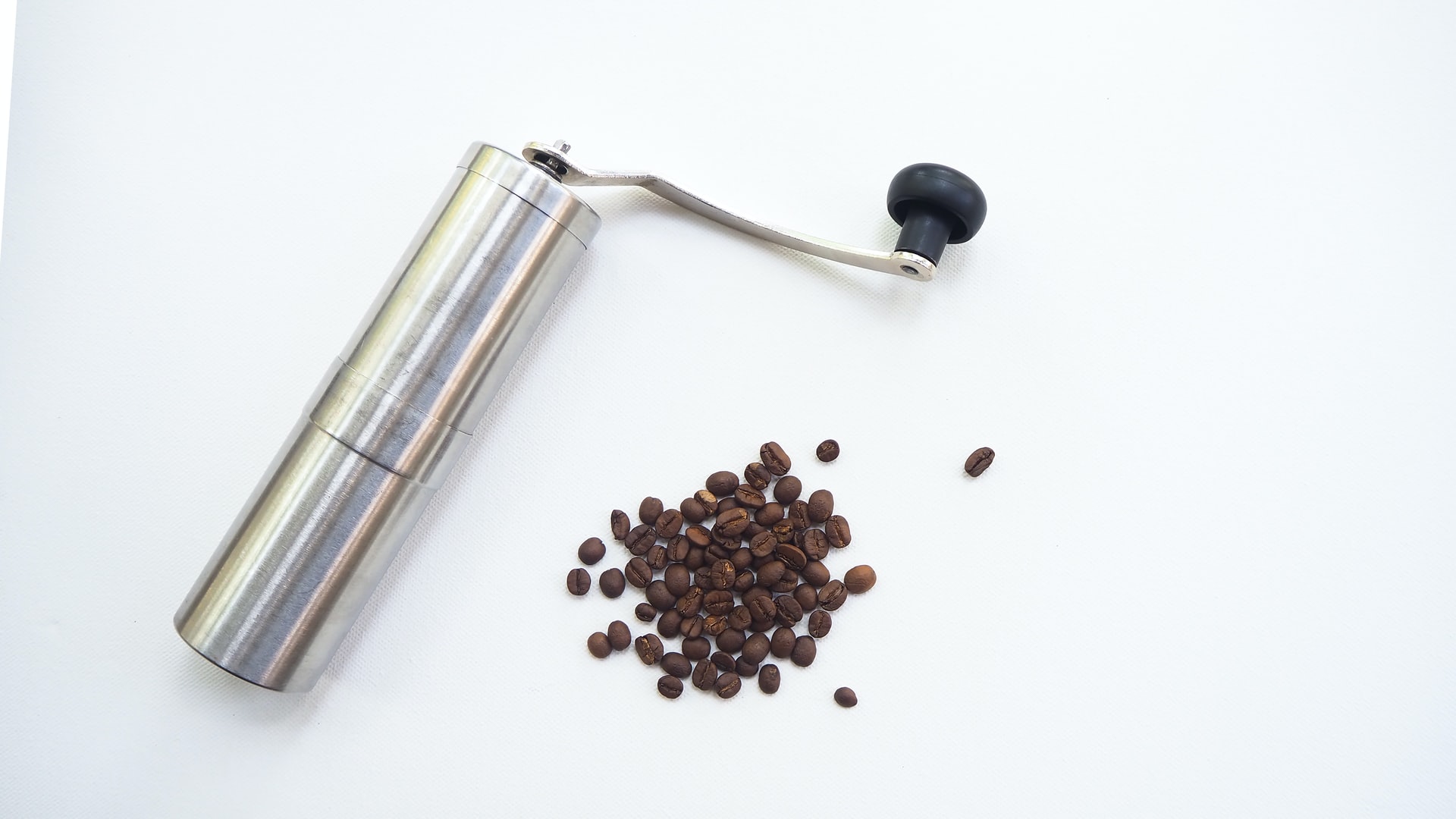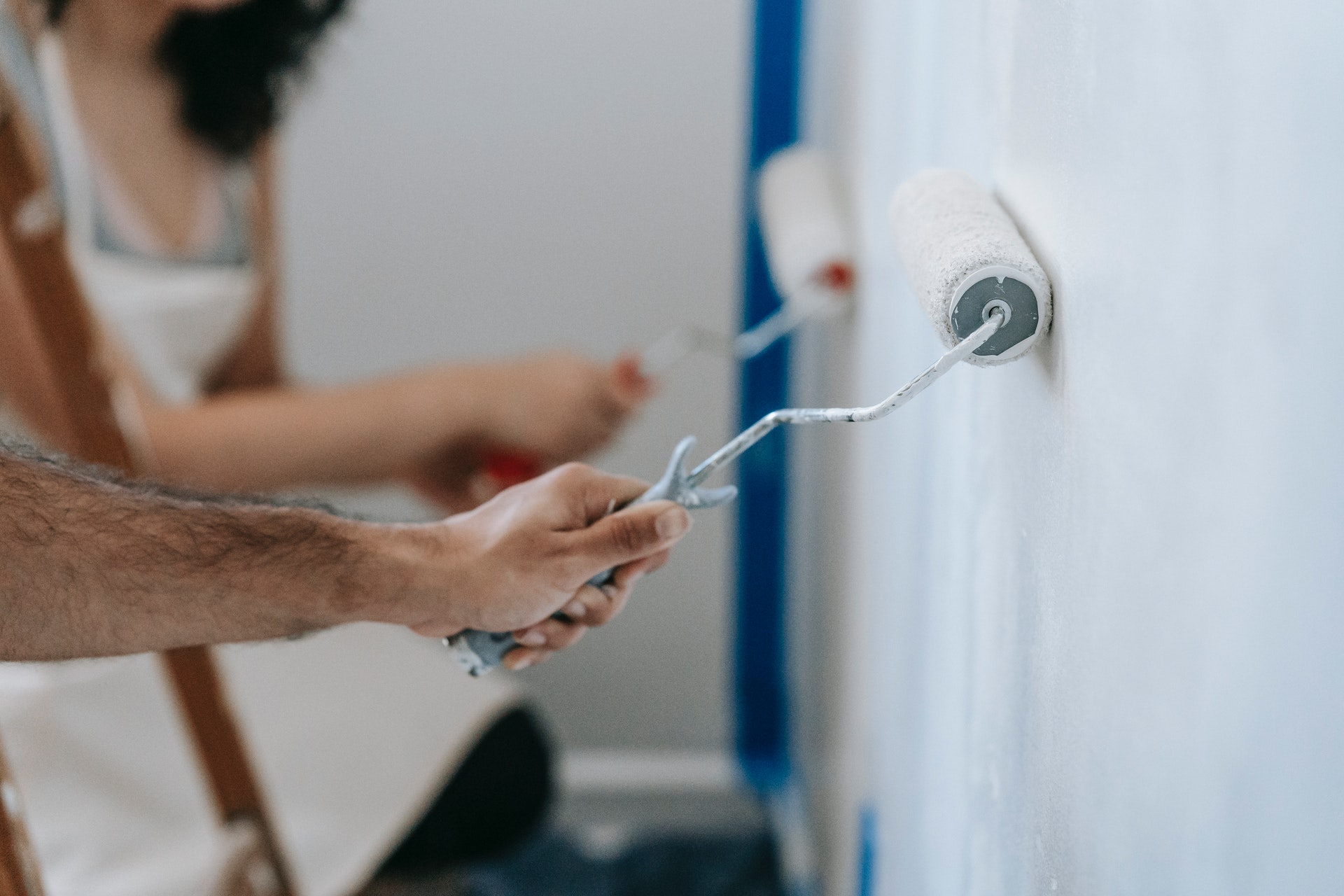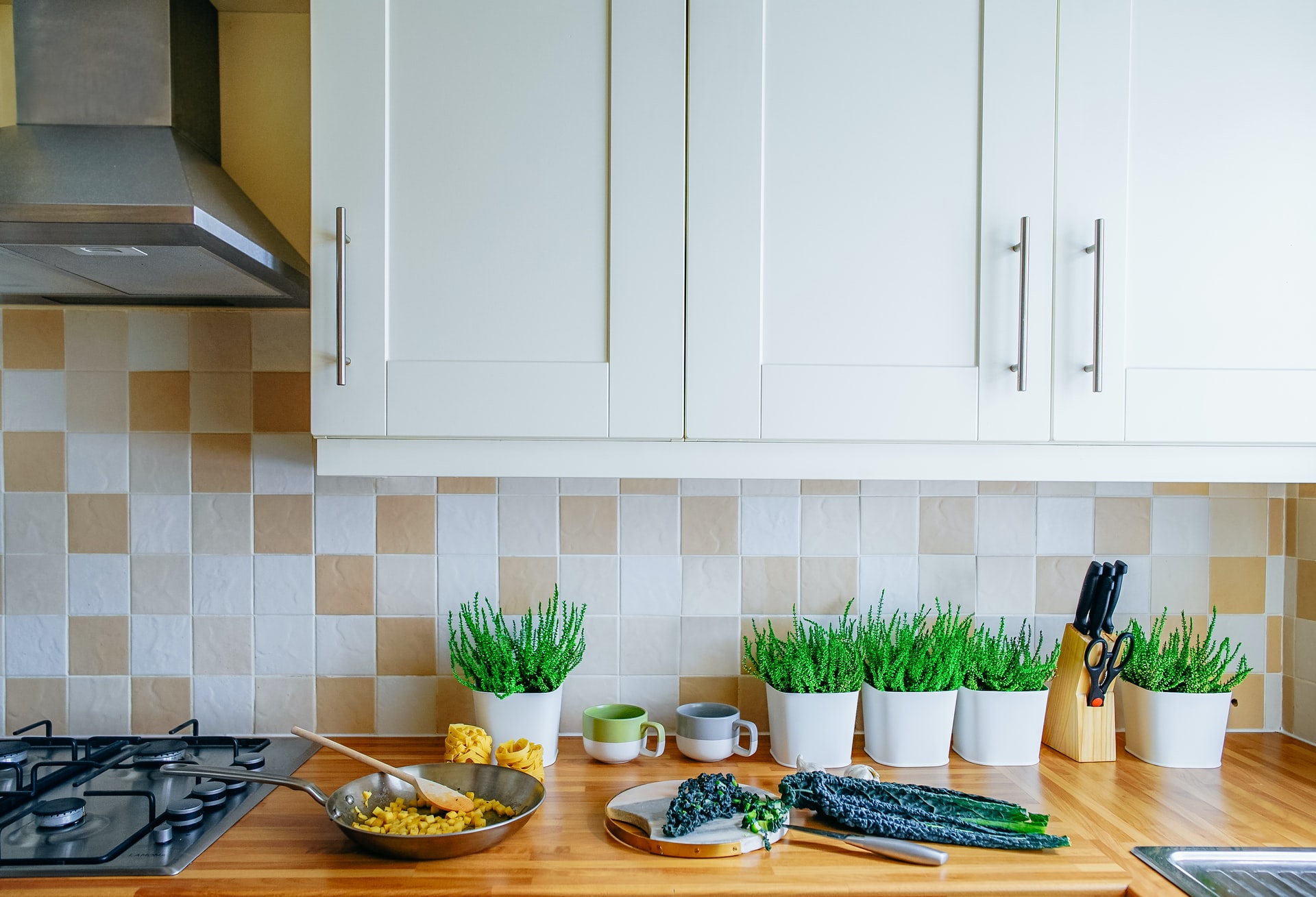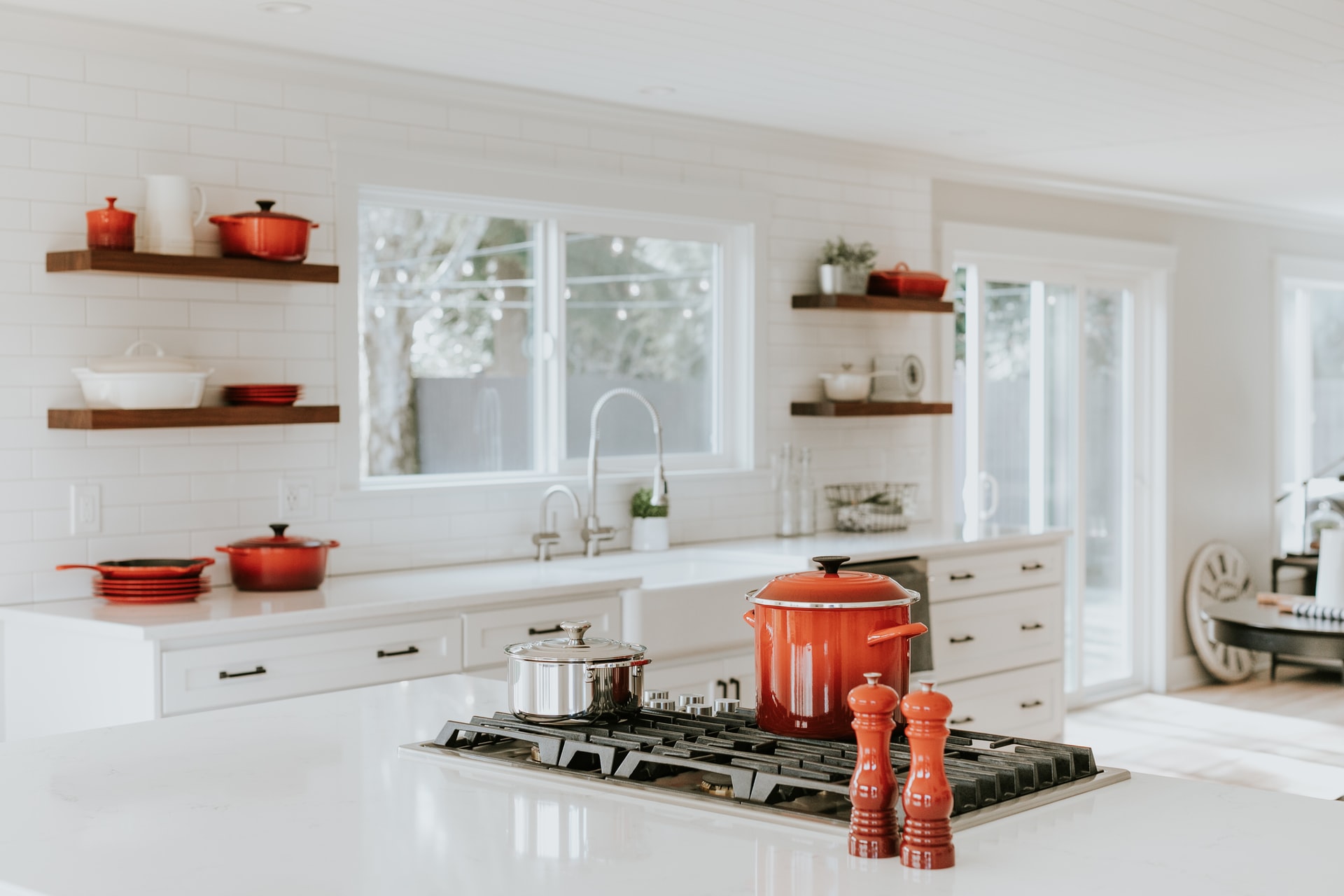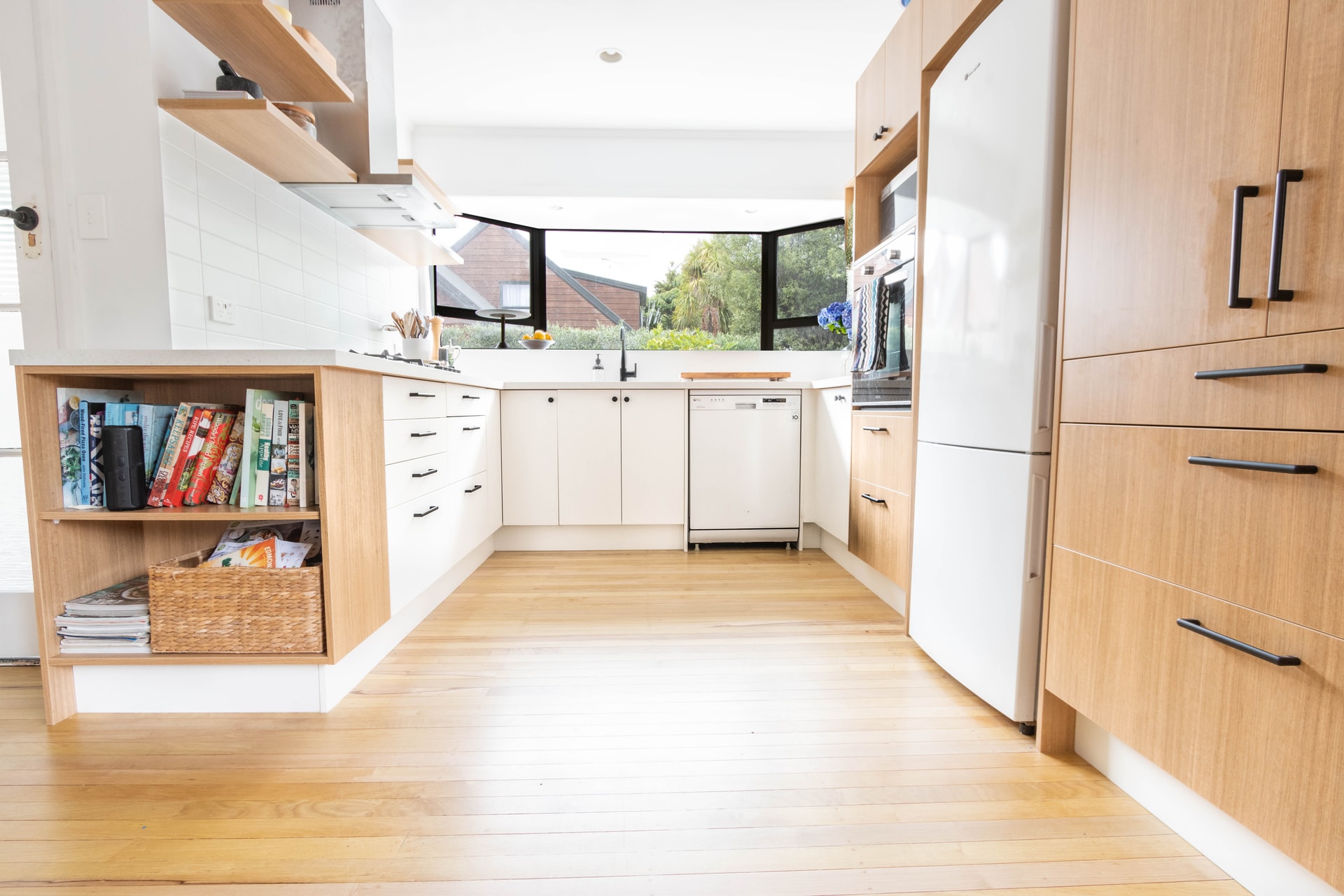If you’re looking to give your interior space an instant update, look no further than a houseplant. They’ve been gaining popularity over the past few years and are great in kitchens, bathrooms or living rooms. Research shows that being surrounded by plants offers benefits including improved mental health, better sleep and boosting feelings of connection. If you’re worried about losing a plant because the one you bought last year died in ten minutes, don’t worry! Follow this guide to find everything you should know before buying. Plants come in many different types and luckily there’s plenty for beginners. Looking for a low maintenance and striking plant? Try the snake plant. If you’re looking for a splashy plant that doesn’t require a lot, go with the monstera deliciosa. Always read the plant tag for care tips so you’ll be better prepared for the maintenance. How to Purchase You may be asking yourself, where should I be purchasing plants, in person or online? Both are great options. An in person experience with a nursery gives you a physical and tangible feel for the available plants. But there are also many reliable online retailers. They do a great job at packaging plants for shipment and offering unique and unusual varieties. If you’re browsing in person look for plants that appear healthy, no droopiness, yellow or brown leaves, and no sticky or cottony masses. These can be signs of pests. If you know a specific plant you want, be sure to look for it by its botanical name to ensure you get just what you’re looking for. Pets Unfortunately, many plants can make your pets sick. An English Ivy can cause your pet aches and vomiting, while lilies can be deadly, especially to cats. Always check the ASPCA toxic plants list to learn which plants you should keep away from your pets. Remember, any plant if ingested in large enough quantities can cause gastrointestinal upset. Keep an eye on your pets to see if they like to nibble on plants and always call your vet as soon as possible if you suspect they may have eaten something potentially toxic. Maintenance Besides giving it the right kind of light, watering correctly is the next most important thing for your houseplants. Overwatering is the most common reason for houseplants dying. Use a finger and press into the soil to feel for dampness. If the soil clings it’s probably wet enough and you shouldn’t water it again. If the soil pulls away from the sides of the pot or the plant is wilted, it’s time to water. It’ll take time to find the right balance but try to stay closer to dry to be safe. Insufficient light will cause plants to drop leaves, stretch toward the light or die altogether. Even if you want a specific plant, if there’s not enough light for it you’d be better off picking a plant that tolerates low light. Analyze your space to see how much light a specific area gets. You can also use your phone’s compass if you’re unsure of the direction. In general south-facing windows get the most intense light, while east-facing windows receive bright morning light and indirect light for the rest of the day. West-facing windows will get the setting sun so bright light plants will do well here. North windows get the least amount of light so they’re best for low light plants. Source: House Beautiful



